Tradition
Becomes Hip
Jinjo Crew Has Unleashed the Unique Style
of Korea Through Breaking

WRITTEN BY
Yu Pureum
Photos courtesy of
Jinjo Crew
Most people think of exciting beats and dynamic dancing when they hear the word “breaking.” The breaking group Jinjo Crew has transcended Korea’s borders to become world’s leading breaking crew, the first ever to achieve a “grand slam.” Now, the crew is showcasing a new aspect of breaking by utilizing a different type of collaboration, namely, with traditional Korean culture.
Jinjo Crew have risen to the top of many world competitions and have established themselves as a leading breaking crew in Korea. After reaching the top, Jinjo Crew decided to take on a new challenge. The crew wanted to combine the traditions of Korea with breaking.
Leader Kim Heon-jun talked about the background of the collaboration. “I initially pursued the original style of the genre,” he said. “However, as I continued, I realized that breaking has a characteristic that can be combined with various genres. I thought, ‘Isn’t there a way for us to incorporate our traditions into breaking?’ There were no good precedents for using traditional Korean music in breaking on the global stage, so it wasn’t easy.”
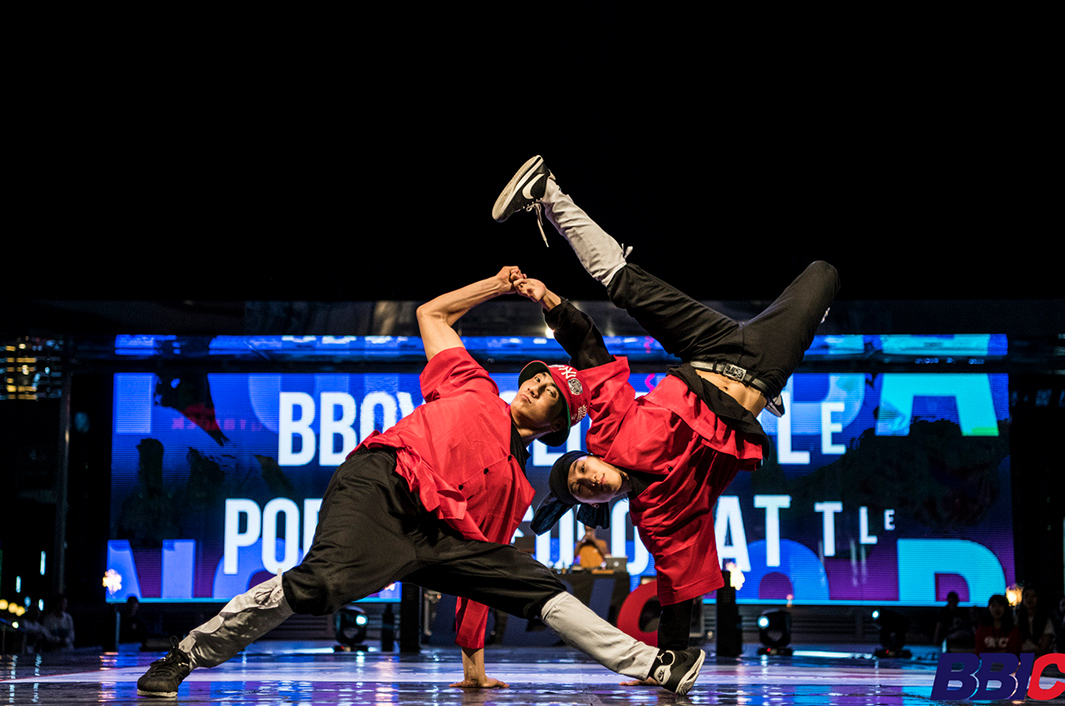
Korean Tradition Meets Breaking
That’s how “Ta” was born. “I created the choreography according to the traditional Korean percussion music of composer Lee Kyeong-seop, who was the permanent conductor of the Yeosu City Traditional Music Orchestra at the time,” said Kim. “As soon as I heard the song, I thought, ‘I want to make a performance for this.’ I asked the composer for permission. I wanted to express the intense feeling of percussion by comparing it to the strength and bravery of a warrior.”
In 2012, Jinjo Crew made their debut in R16, one of the five biggest breaking tournaments, where they performed “Ta.” It was the first time a routine based on traditional Korean music was performed in a global breaking competition. "Ta” won the R16 championship, receiving a perfect score from five judges including four foreign judges.
“It was our first attempt, so we were worried, but our concerns were overshadowed by the positive response we received,” said Kim. “We got good marks for stage composition and completeness, and our outfits based on traditional Korean clothing were also well-received. Although breaking started in the West, it seemed like the audience and judges praised the novelty of combining Eastern traditions with the genre.”
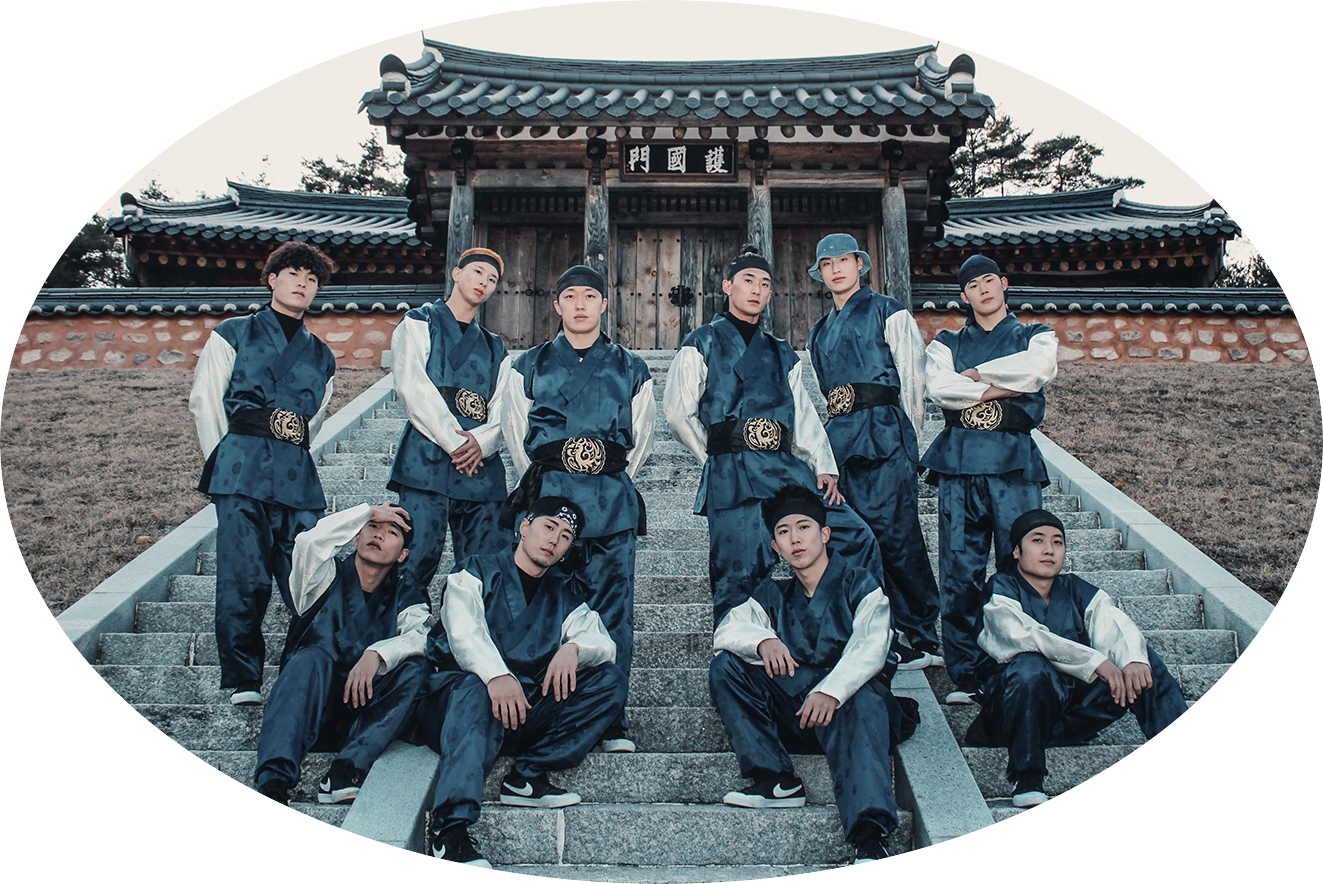
Dynamic and the Static
After “Ta,” Jinjo Crew released “Tal,” “White Clothes Ethnic,” and “Plum Blossom.” Each piece is planned in a way that can preserve the traditional sentiments of Korea without compromising the essence of breaking.
“Breaking is a genre that makes it difficult to dance in heavy clothes,” said Kim. “There’s a lot of really cool traditional Korean clothing, but we had to give up on wearing many of them because they were too restrictive for the movements we needed to do. We really regretted having to do that, but we knew it was important that our collaboration stayed true to the essence of breaking, which is represented through dynamic dancing.”
The crew’s use of accessories to compensate for the disappointment has made them stand out. In “Tal,” members of the crew wore tal (traditional Korean masks). The static expression of the mask and the entertaining dancing created an interesting contrast. The crew used a rather unfamiliar accessory called hansam (white silk sleeves known as “water sleeves” used in traditional performances) in “White Clothes Ethnic.”
“‘White Clothes Ethnic’ was inspired by the characteristics of our people who revered the shade of white and liked to wear white robes,” said Kim. “We wore hansam, which were worn by people who performed court dances. In regards to the composition, we focused on the contrast between the powerful and dynamic dance and the flexible and elegant hansam. We wanted to express the spirit of our nation, which is flexible yet strong.”

The Collaboration Continues
The breaking collaboration has made Korean traditions hip. “K-culture is booming, and the status of Korean traditions has risen both at home and abroad,” Kim said. However, he recalled, “When we first started Traditional Korea, people thought the subject was going to be boring.”
“The fusion of breaking and the traditions of Korea is one that pairs the most dynamic form of dance with a somewhat static culture,” said Kim. “It adds novelty to breaking and hipness to Korean traditions. There was a time when we presented Traditional Korea to teenagers. Reviews from viewers poured in through social media after the performance. I remember a particular review from a student that said, ‘I thought Korean traditions were boring. I didn’t know they could be so cool.’ My sense of duty grew because I felt like our breaking was a medium to spread Korean culture.”

Other Articles
-
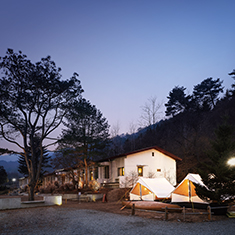
Special Ⅰ A School for Families
-

Special Ⅱ Hub of Artistic Exchange
-

Trend Nostalgic Flavors
-
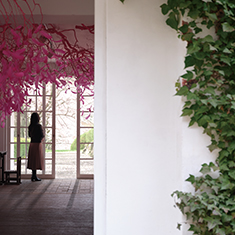
Hidden View Garden for All
-
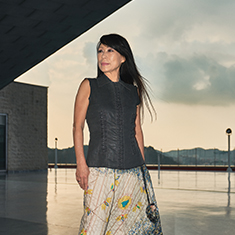
Interview Composer Unsuk Chin
-
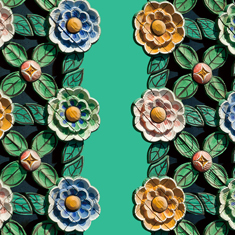
Art of Detail Magnificent Munsal
-
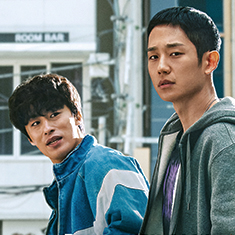
Film & TV D.P.
-
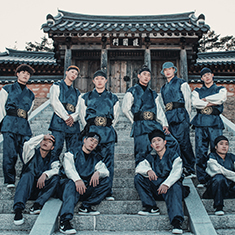
Collaboration Tradition Becomes Hip
-
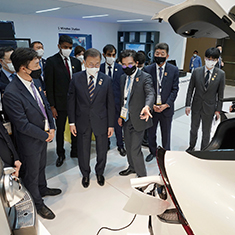
Current Korea Korea’s Deeper Ties with UAE, Saudi Arabia, Egypt
-
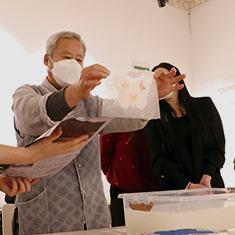
Global Korea Hanji Art Workshop in Italy
